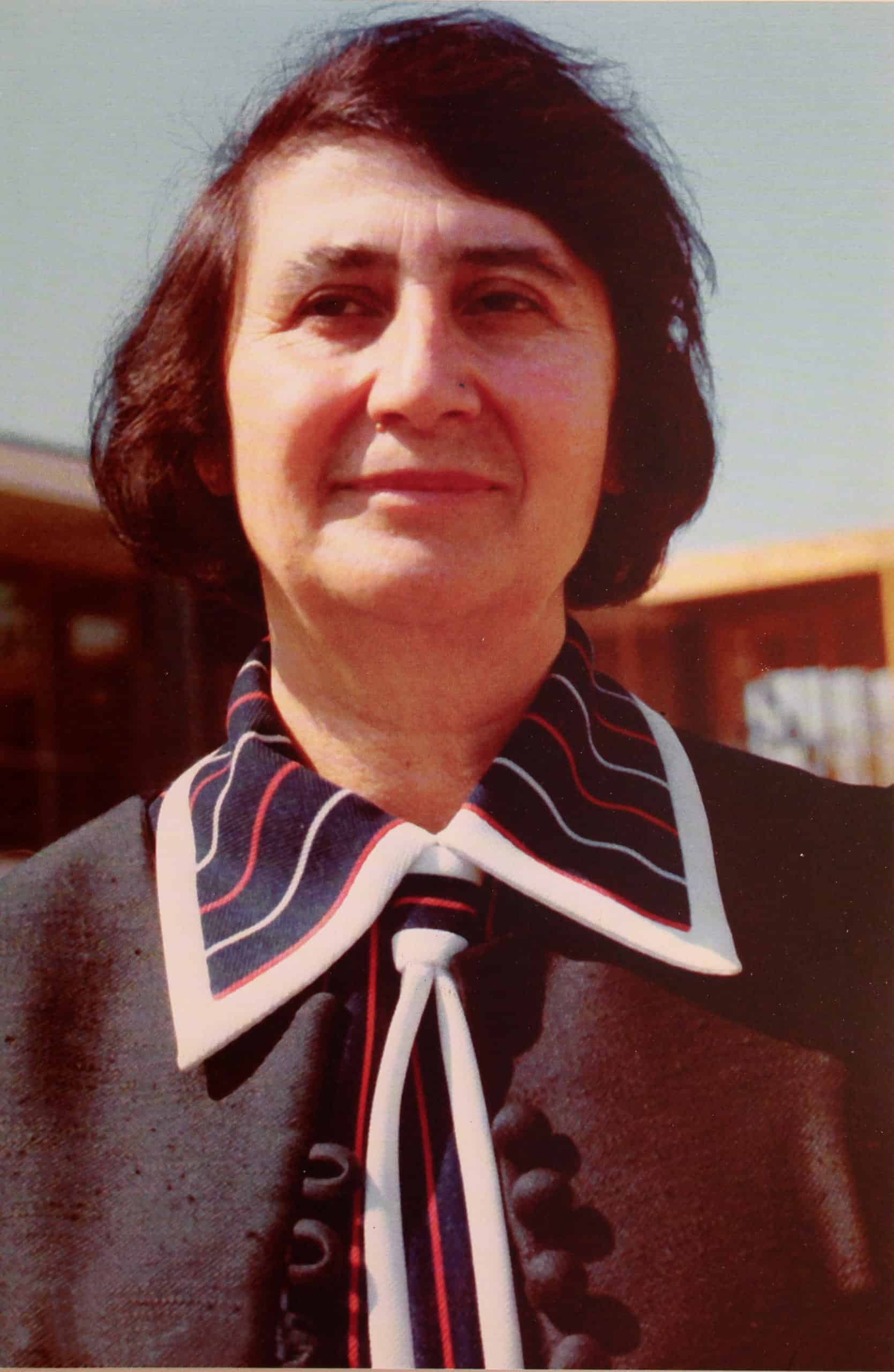Death of Maro Markarian (January 29, 1999)

Along with Silva Kaputikian, Maro Markarian was perhaps the best known female poet in Soviet Armenia. Her poetry was characterized, as Victoria Rowe has written, by “deceptively simple language and images to represent the human condition and emotion.”
She was born on December 22, 1915, in Shulaver (now Shahumian) in the Marneuli region of Georgia. She attended schools in her hometown and in 1933 she entered the Academy of Painting in Tbilisi, but transferred to the Faculty of Philology of Yerevan State University, graduating in 1938. In the meantime, she had published her first poem in 1935 and become a member of the Armenian Writers Union in 1937. She followed postgraduate studies in the Armenian sector of the Soviet Academy of Sciences, but gave up scholarship to pursue writing. She published her first book of poems, “Closeness,” in 1940.
She worked at the Committee for Culture Relations with Armenians Abroad from 1967–1984. In the 1970s she visited the United States. Her poetry appeared in more than a dozen of collections, of which the most important were “Lyrical Daybreak” (1957), “After the Thaw” (1965), “Emotional Silence” (1972), and “Dedications” (1981). The latter got her the Avetik Isahakian Prize of the Writers Union of Armenia (1981) and Armenia’s State Prize (1983). She was also decorated with the Order of Friendship of Peoples (1985).
The main themes surrounding Markarian’s poetry formulates around topics regarding love, human relations, and the homeland. Her poems have been translated and published in several books in Russian.
Her husband Sargis Bayandur (1911-2000) was an art critic. They had two children: Anahit Bayandur (1940-2011), a prolific translator and human rights defender, and Ashot Bayandur (1947-2003), a painter. Maro Markarian’s brother Benjamin (1913-1985) was an astronomer and discoverer of the Markarian galaxies in the 1970s, which have inspired the name of the Markarian brand in New York.
Maro Markarian passed away on January 29, 1999, in Yerevan, and was buried in Byurakan.
